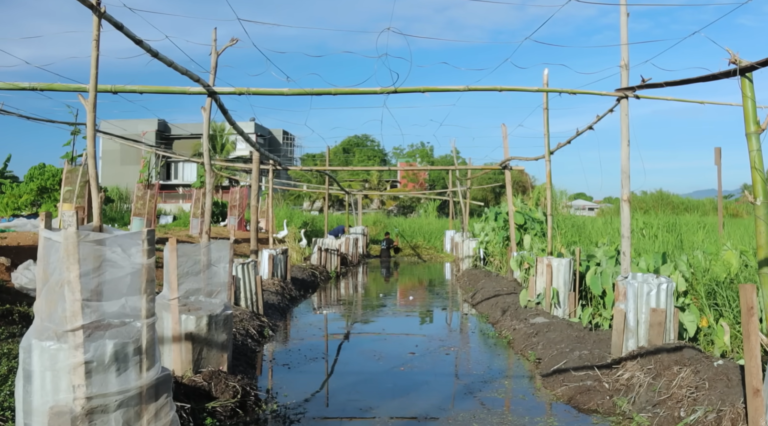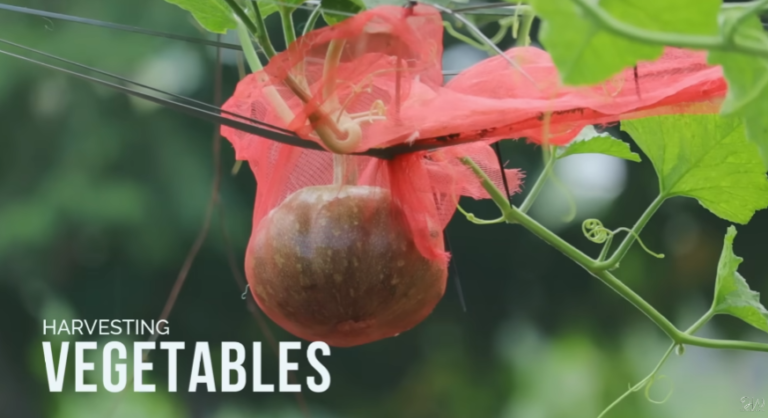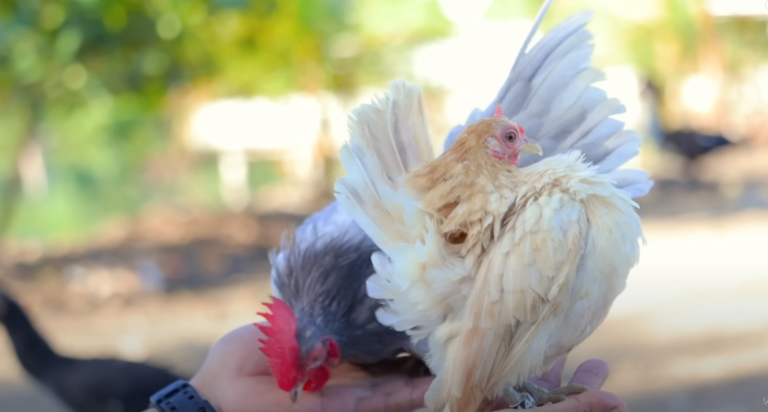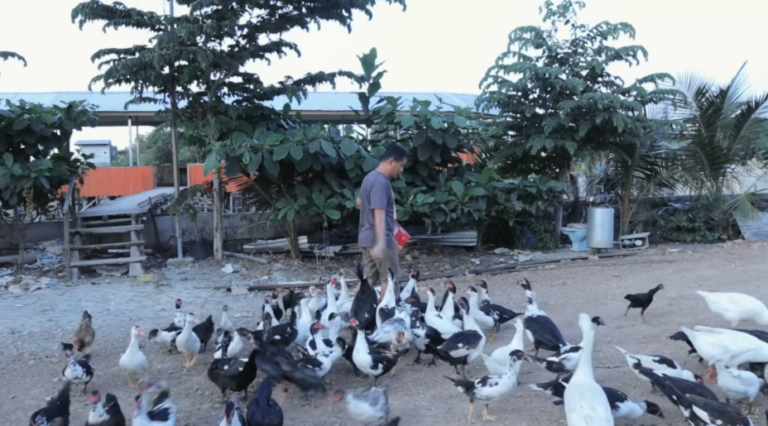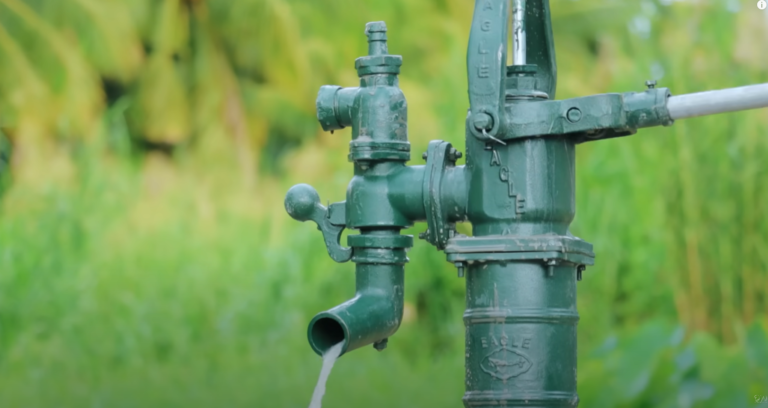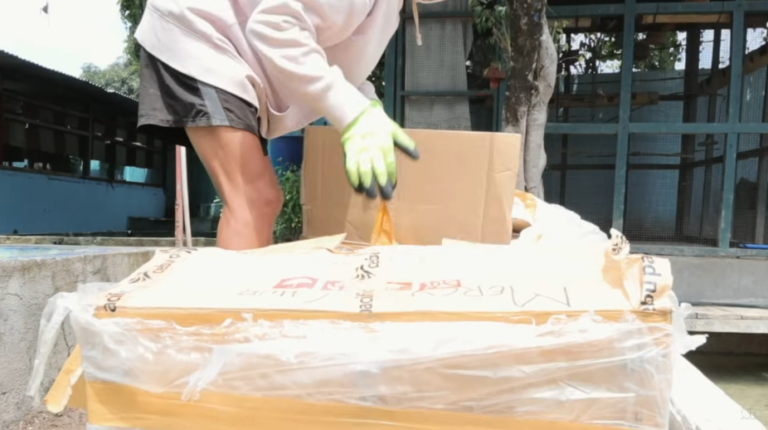Embracing Sustainable Living: Dexter’s Guide to Farming and Aquaculture
Hello, Dexter here! Today, I’m thrilled to take you on a journey through the essence of sustainable living, focusing on the art of farming and aquaculture right in your backyard. Whether you’re an experienced farmer or just starting, I’m here to share insights and experiences that can help you embark on a path toward self-sufficiency and environmental responsibility. Let’s dive into the world of sustainable farming and fish breeding, where every effort counts toward a greener planet.

Natural Feeding: A Step Towards Sustainable Animal Rearing
On my latest visit to the market, I stumbled upon a treasure trove for our farm animals—natural food sources that are not only cost-effective but also healthy. I’ve secured sacks of grated coconuts and piles of rice husks, proving that outsourcing food without compromising our animals’ health and productivity is possible and practical.
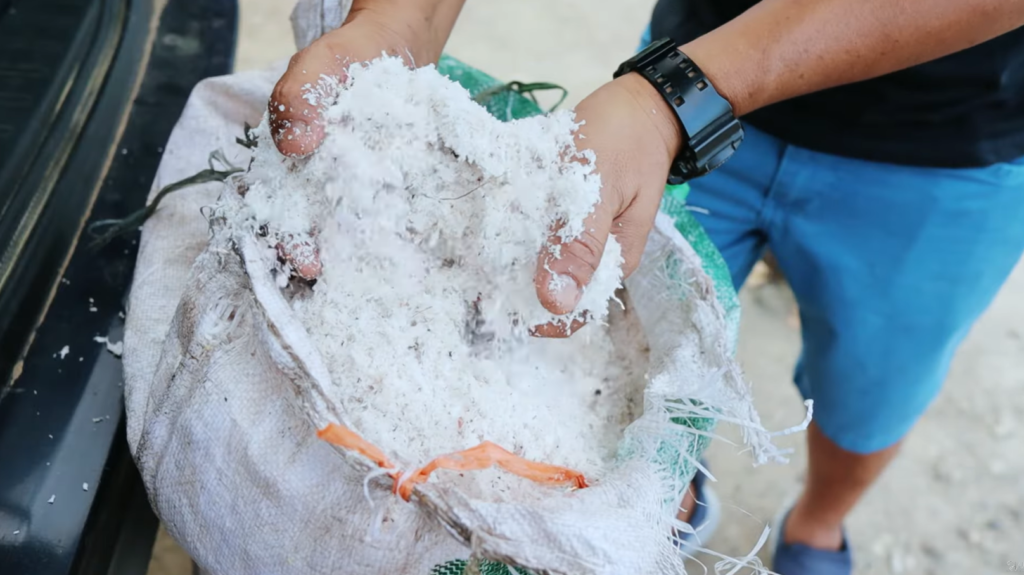
Utilizing natural feeds like grated coconuts mixed with rice for our ducks, chickens, and geese emphasizes the importance of seeking alternative food sources. This approach not only reduces costs but also ensures our animals are fed a nutritious diet that supports their well-being and reproductive capabilities.
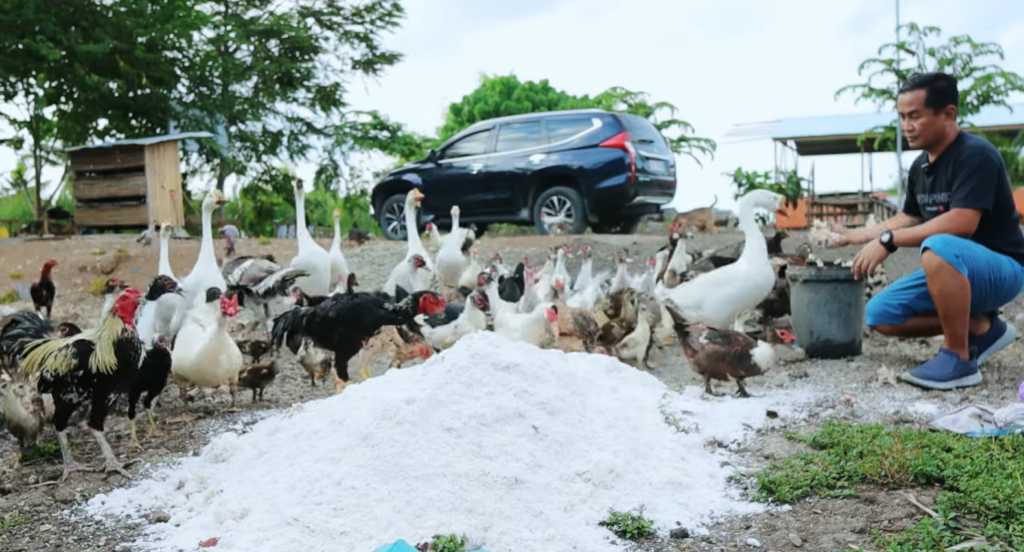
Vegetable Gardening: A Pillar of Food Security
My enthusiasm doesn’t stop with animal rearing. The vegetable garden is thriving, boasting a variety of plants from condor (squash) and pachai to ladyfingers (okra) and water spinach. Our planting techniques range from hanging pots and ground plots to innovative uses of empty water bottles for hydroponic setups.
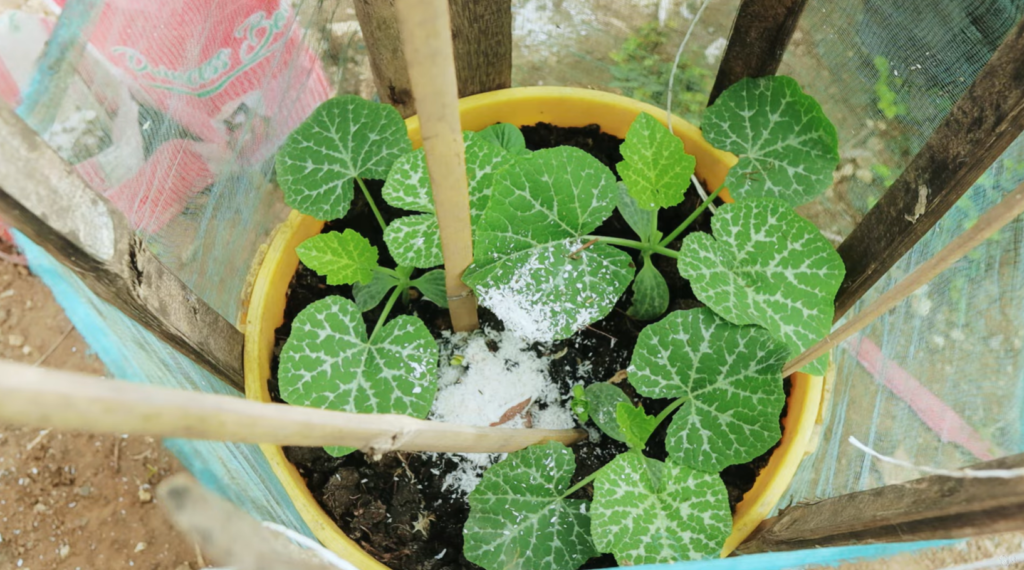
These methods demonstrate that limited space is no barrier to growing your own food. With sunlight, proper watering, and a dash of creativity, harvesting your own vegetables becomes a rewarding achievement that bolsters your household’s food security and guarantees pesticide-free produce.
Aquaculture Innovations: The Tilapia Kingdom
Turning our attention to aquaculture, breeding tilapia in a concrete tank within a controlled environment has proven to be a game-changer. By creating a “kingdom” for tilapia, mimicking their natural habitat with stones and clay pots, we’ve discovered a highly effective breeding method that respects the fish’s need for privacy during incubation.
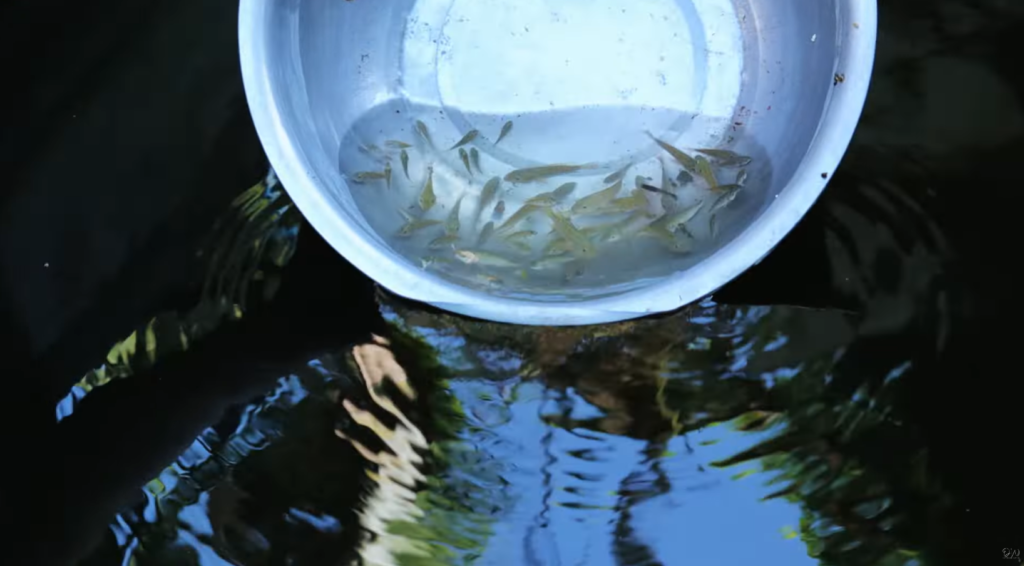
This insight has led to an explosion in tilapia production, demonstrating the potential for anyone to embark on fish breeding as a sustainable and profitable venture. The hybrid tilapia, capable of growing significantly larger, further highlights the economic and nutritional benefits of aquaculture in sustainable living practices.
Towards a Sustainable Future: Integrated Farming
Our journey doesn’t end here. The development of the fish pond and integration of ornamental fish such as Japanese koi into our commercial business model signifies the next phase in our sustainable living adventure. Envisioning a space where visitors can enjoy the serene beauty of colorful koi while savoring organic salads from our garden is a dream turning into reality.
This holistic approach to farming and aquaculture emphasizes the interconnectedness of all living things and the importance of creating sustainable ecosystems. By adopting these practices, we not only contribute to our well-being but also play a crucial role in addressing food security challenges.

Join Dexter’s World in Sustainable Farming and Aquaculture
I invite you to be part of this exciting journey toward sustainability. Through practical tips and shared experiences, we can all contribute to a healthier planet and a more self-sufficient lifestyle. Remember, it starts with a single step—a decision to make a difference in our own backyards.
Subscribe to stay updated on our adventures in sustainable living, and let’s explore together the endless possibilities that farming and aquaculture offer. Together, we can make a lasting impact on the world, one garden, and one fish tank at a time.


